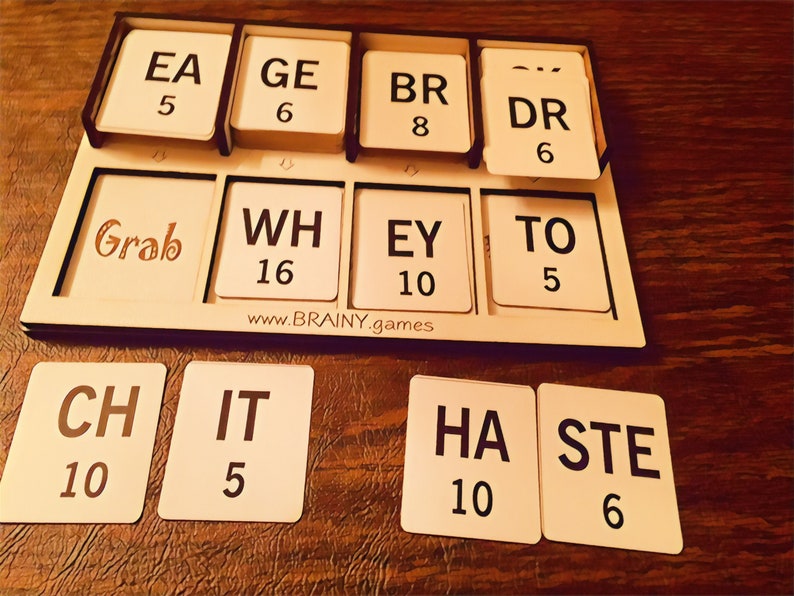

45 quick word replacements how to#
A physical therapist will show you how to exercise your new knee. You'll be asked to do frequent breathing exercises and gradually increase your activity level. You'll likely receive blood thinners and wear support hose or compression boots to further protect against swelling and clotting. You'll be encouraged to move your foot and ankle, which increases blood flow to your leg muscles and helps prevent swelling and blood clots. Medications prescribed by your doctor should help control pain. How long you stay after surgery depends on your individual needs. You'll be taken to a recovery room for one to two hours. Before closing the incision, he or she bends and rotates your knee, testing it to ensure proper function. After making an incision about 6 to 10 inches (15 to 25 centimeters) long, your surgeon moves aside your kneecap and cuts away the damaged joint surfaces.Īfter preparing the joint surfaces, the surgeon attaches the pieces of the artificial joint. Your knee will be in a bent position to expose all surfaces of the joint. The numbness wears off gradually after the procedure. You might also be given a nerve block around your knee to numb it.

You'll be given an intravenous antibiotic before, during and after the procedure to help prevent post-surgical infection. Your input and preference help the team decide whether to use general anesthesia, which makes you unconscious, or spinal anesthesia, which leaves you awake but unable to feel pain from your waist down. Knee replacement surgery requires anesthesia.
45 quick word replacements install#
Install safety bars or a secure handrail in your shower or bath.Create a living space on one floor since climbing stairs can be difficult.To make your home safer and easier to navigate during recovery, consider doing the following: If you live alone, your surgeon's staff or hospital discharge planner can suggest a temporary caretaker. Make sure you have a ride home from the hospital and help with everyday tasks, such as cooking, bathing and doing laundry.

Prepare for your recoveryįor several weeks after the procedure, you might need to use crutches or a walker, so arrange for them before your surgery. You'll likely be instructed not to eat anything after midnight the day of your surgery. Your doctor or anesthesiologist might advise you to stop taking certain medications and dietary supplements before your surgery. Joint failure risk is higher if you stress the joint with high-impact activities or excessive weight. Daily use wears on even the strongest metal and plastic parts. Artificial knees can wear outĪnother risk of knee replacement surgery is failure of the artificial joint. After the infection is cleared, another surgery is performed to install a new knee.



 0 kommentar(er)
0 kommentar(er)
